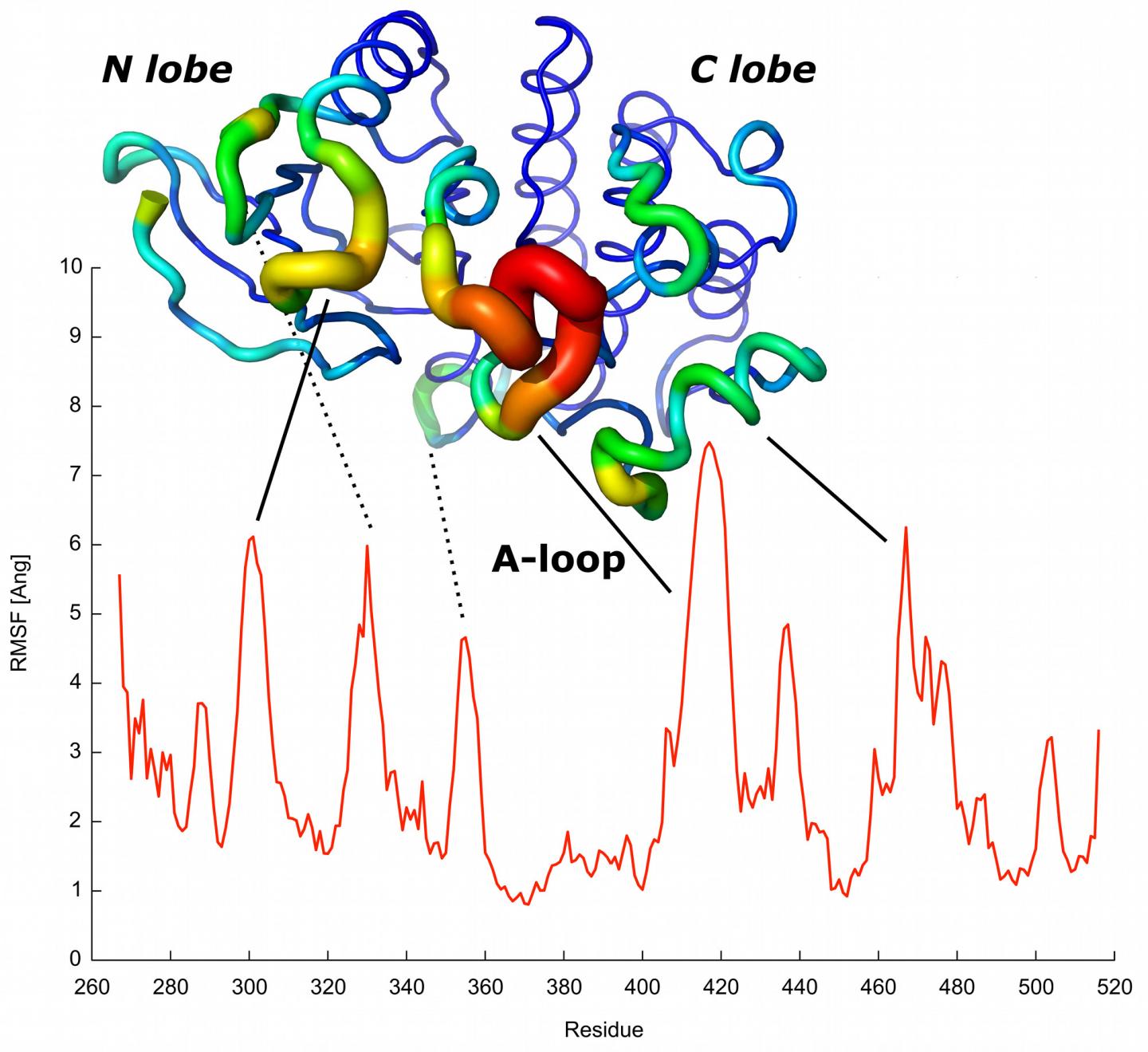
Improving Bond Performance and Reducing Cross-linker Dosage for Soy Flour Adhesives Inspired by Spider Silk. Shi, Xianxu Zhan, Jianzhang Li, Jing Luo, Qiang Gao.
Jieyu Zhang, Meng Zhang, Yi Zhang, Sheldon Q. The Journal of Physical Chemistry B 2021, 125 Dichroic Fourier Transform Infrared Spectroscopy Characterization of the β-Sheet Orientation in Spider Silk Films on Silicon Substrates. Borkner, Thomas Scheibel, Andreas Fery, Martin Müller. Mirjam Hofmaier, Birgit Urban, Sarah Lentz, Christian B. ACS Sustainable Chemistry & Engineering 2022, 10 Recombinant Spider Silk Protein and Delignified Wood Form a Strong Adhesive System. Laura Lemetti, Jennifer Tersteegen, Juuso Sammaljärvi, A. DNA Functionalized Spider Silk Nanohydrogels for Specific Cell Attachment and Patterning. Christina Heinritz, Zan Lamberger, Karolína Kocourková, Antonín Minařík, Martin Humenik. Cell Adhesion Behaviors on Spider Silk Fibers, Films, and Nanofibers. Kenjiro Yazawa, Kosuke Hidaka, Jun Negishi. ACS Applied Materials & Interfaces 2022, Article ASAP. Structure–Property Relationship Based on the Amino Acid Composition of Recombinant Spider Silk Proteins for Potential Biomedical Applications. Borkner, Vivien Beyersdorfer, Markus Rottmar, Thomas Scheibel. This article is cited by 274 publications. Strikingly, this effect was pronounced in engineered proteins comprising the carboxyl-terminal nonrepetitive regions of ADF-3 or ADF-4, indicating that these regions might play an important role in initiating assembly of spider silk proteins. Factors, such as acidification and increases in phosphate concentration, which promote silk assembly in vivo generally decreased silk protein solubility in vitro. Repetitive regions representing the largest part of dragline silk proteins determined the solubility of the synthetic proteins, which differed greatly between constructs derived from ADF-3 and ADF-4. Comparing secondary structure, solubility, and aggregation properties of the synthesized proteins revealed that single primary structure elements have diverse influences on protein characteristics. Genes encoding spider silk-like proteins were generated using a cloning strategy, which is based on a combination of synthetic DNA modules and PCR-amplified authentic gene sequences. 
In addition, we investigated the influence of conditions involved in mediating natural thread assembly on protein aggregation.

As a first step toward characterizing this process, we aimed to identify primary structure elements of the garden spider's ( Araneus diadematus) major dragline silk proteins ADF-3 and ADF-4 that determine protein solubility. However, little is known about the molecular mechanisms of silk assembly. Spider silk proteins have mainly been investigated with regard to their contribution to mechanical properties of the silk thread.






 0 kommentar(er)
0 kommentar(er)
